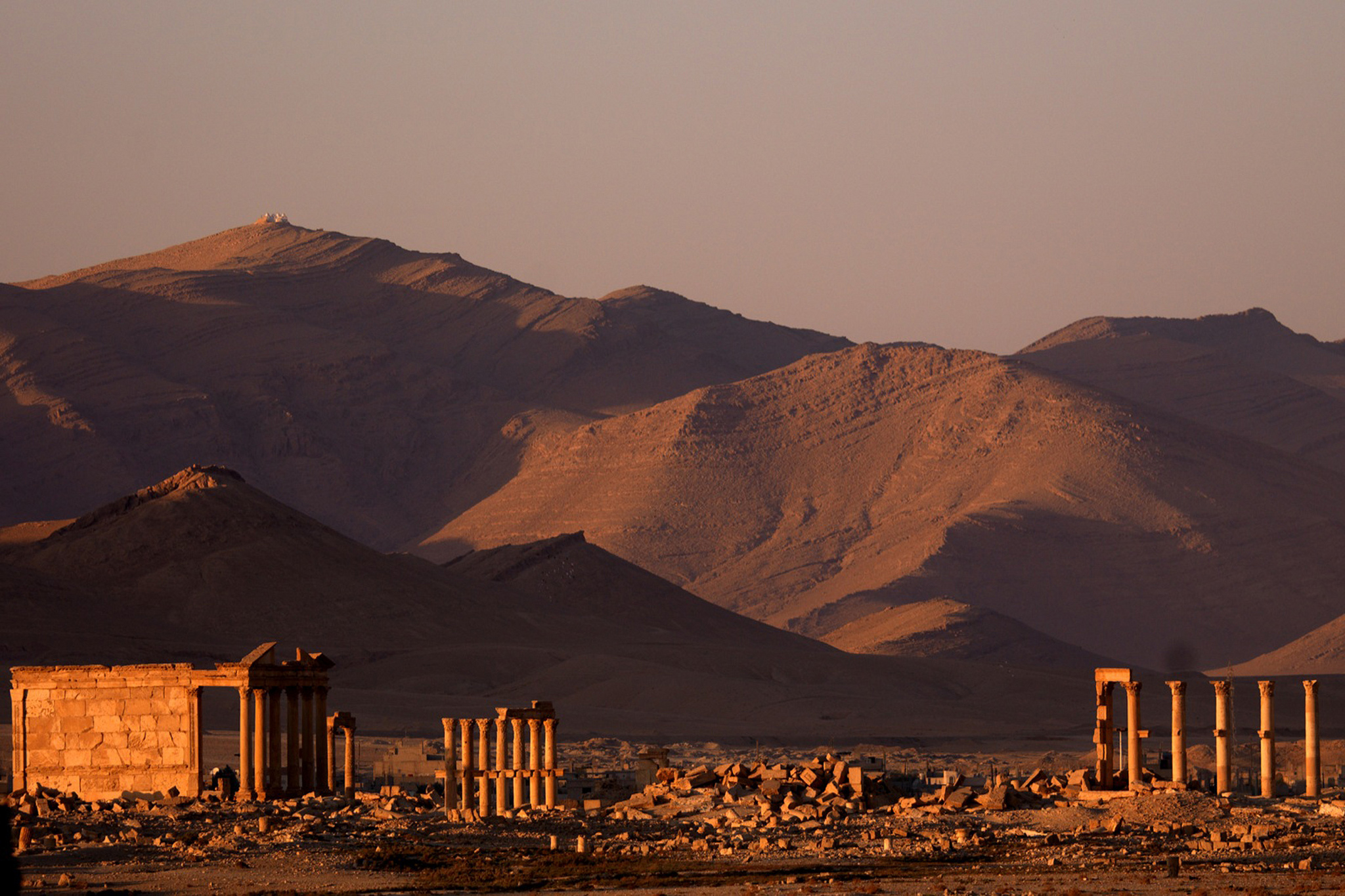The early books of the Bible can seem daunting with their references to Ancient Near East practices, especially when referring to battles and warfare. What can we learn about culture, geography, and the nature of God from these stories? Listen as Jo is joined by University of Northwestern professor Boyd Seevers. We bridge the cultural gap and unpack his book, Warfare in the Old Testament.
For someone who sees a dichotomy between the God of the Old Testament and the God of the New Testament, Boyd says, keep reading. “Don’t forget the book of Revelation in the New Testament! There we have the same God who sent Jesus, so loving, who is very angry with sin at the end and pours out waves of judgment. We see over the Old Testament a longer history, so we see God judging sin. [In the days before Christ] He used armies to do that.”
Highlight – Making sense of all the strife
Jo and Boyd unpack several aspects of Old Testament warfare:
• Why specific battles were included and others were left out
• The religious element included in every battle. Boyd points out that when one army went against another, it wasn’t simply one nation against another. It was one nation, with their god, against another army and their god. Defeats were signs of a weak god, and the winning religion would often overtake the region.
• The historical context of David and Goliath, including how David probably built the sling
• Other weapons used by the Israelites – Boyd divides them into three categories – long-range weapons (for example, the sling, or the bow and arrow), medium-range (the javelin), and close-range weapons (the sword or the spear).
• The connection between physical armor and spiritual armor
Boyd answers those who might struggle with the concept of a Christian being involved in war.
“When God re-does all the world and humanity, then we will beat our swords into plowshares. Until that happens, we’re sinful, we’re fallen, we’re selfish, and there’s going to be conflict. So we should be at peace – but the governments of nations have responsibilities to protect their people and sometimes that includes warfare.”
Image: Flickr






















